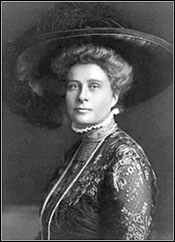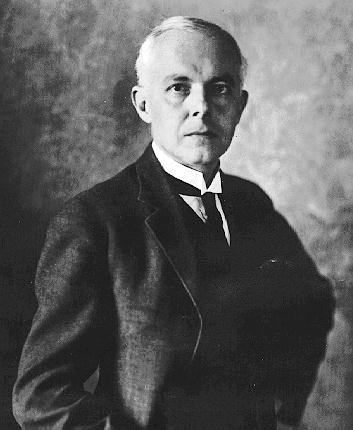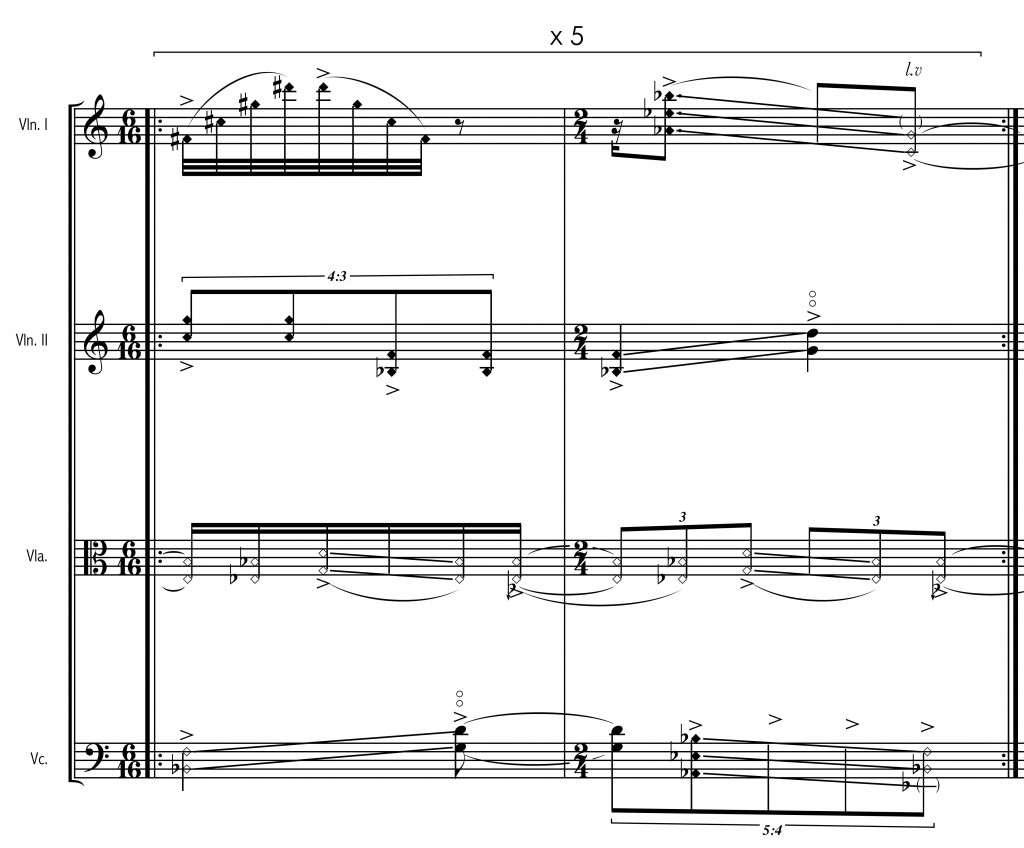Streich Quartett V

Program Note

Stefan T h o r s s o n wrote his Fifth String Quartet in 2008. The work, also known as the Sprague – Coolidge Variations, was first performed in Långtbortistan 2009 by the Kallebaloo Quartet.
In this work the mature Thorsson achieves complete mastery by combining the most subtle formal and contrapuntal artifice with an all-inclusive world of expression that ranges from the tragic-visionary through powerful health to the grotesque. A deep and noble humanity is present throughout the work, whose spirit is akin to that of the later Bartok quartets.
The work’s construction shows an archlike symmetry (ABA). At the midpoint stands a slow and partially muted part, consisting of two major themes, in which the second is a variation of the first.
The opening and the ending are related to each other through motivic similarities and by the reappearance of several themes.
In this disposition, the fifth quartet never resembles the fourth, due to the fact that it was never written. There is no tonal centre in this work.

Duration
18 minutes.

On Bartok’s fifth quartet
”As represented in the fifth quartet, there can be no doubt that we have encountered a new and exciting musical language. It is first a rhythmic language with lyrically connected lines, an extremely chromatic language devoid of tonal centers and cadences, and indeed a natural language full of balance and symmetry. The language is marked by its extreme contrasting topics: ‘night music’, or moments of stasis and explorations of ambient sounds vs. explosive rhetorical statements such as the opening and closing of the first movement, contrasted again by the sweeping folk dances. We encounter unique timbres, articulations, and textures throughout the work. The form itself is novel, a mirror ? like reflexive structure, projecting perhaps both times past and present. Ultimately, we discover the central structure unifying the form, textures, and technique: a unique plan of symmetry which permeates every aspect of the work.”
(J.C. Smith)
Links
Analysis of Bartok String quartet no. 5

